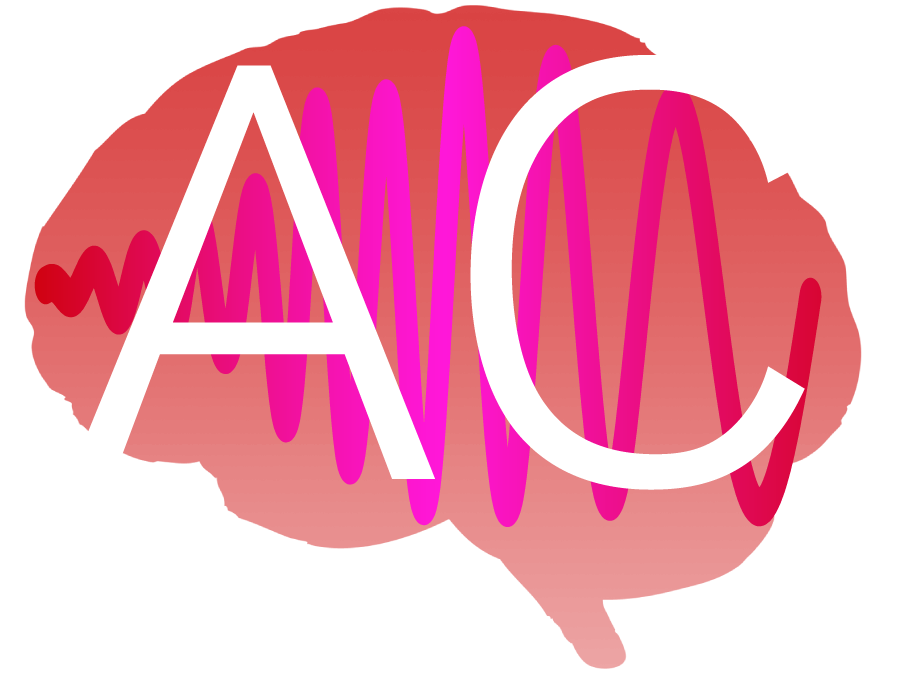Wöstmann, Lui, Friese, Kreitewolf, Naujokat and Obleser demonstrate that the vulnerability of working memory to auditory distraction is rhythmic.
Previous research has shown that the attentional sampling of target stimuli is rhythmic at ~3–8 Hz (e.g. Fiebelkorn et al. 2013; Landau & Fries, 2012). In the present study, Malte Wöstmann and colleagues tested to what extent the suppression of distractor stimuli would be rhythmic, as well. Indeed, two measures of distraction – memory recall accuracy and the distractor-evoked N1 ERP component – were periodically modulated at slow frequencies (~2–4 Hz) by the temporal onset of a distracting speech stimulus.
In a follow-up experiment, the rhythmic distractibility could be replicated: In a visual match-to-sample task, memory recall accuracy was periodically modulated at ~2.75 Hz by the onset of a distracting noise stimulus during memory retention.
The paper is available here.
For a preprint of the paper, see.
